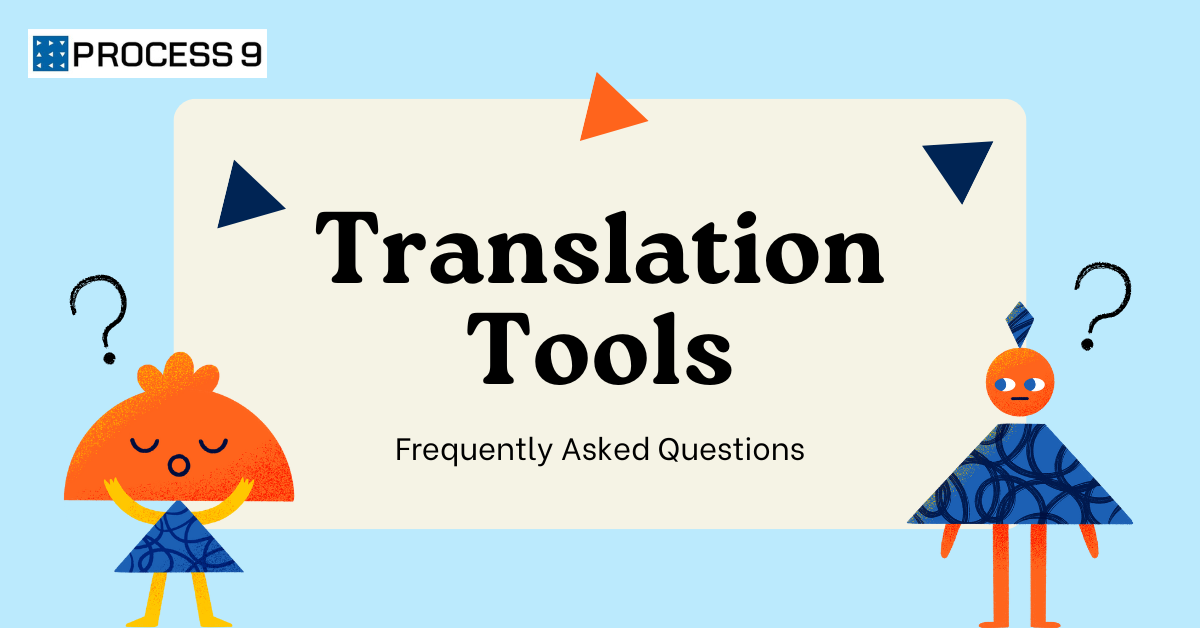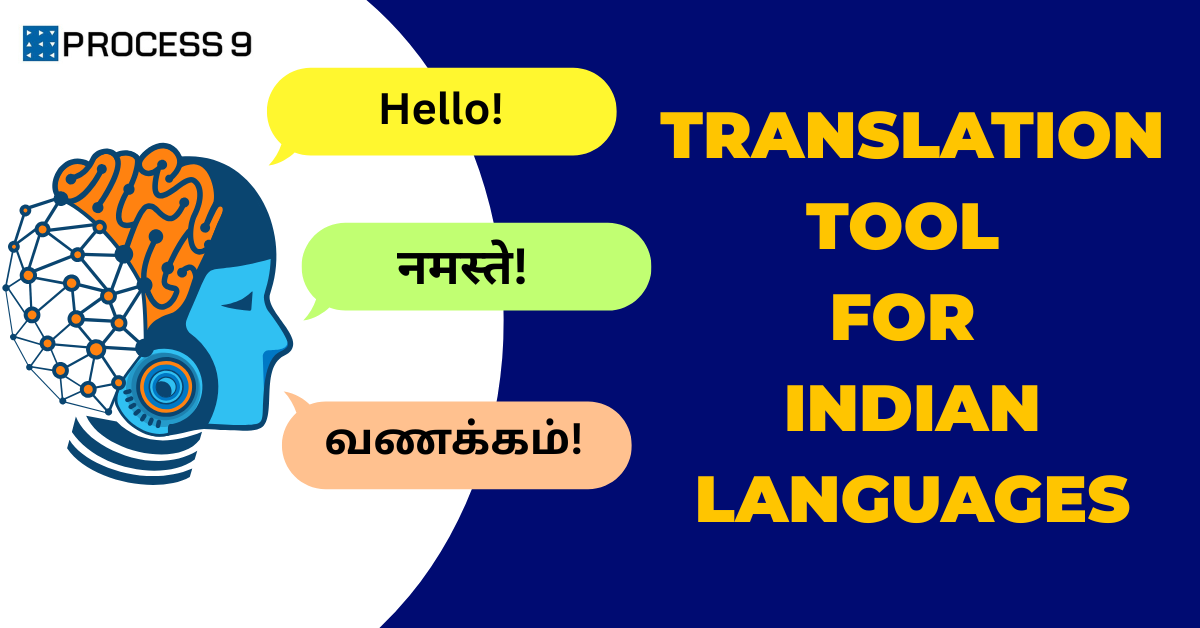The conundrum between the four Ts of translation is a never-ending saga; what matters is the consonance between these four Ts of translation. To convey the meaning in its entirety, translation and interpretation are often used simultaneously. Although it’s not always good to see these components in binary terms, even by way of their means like translator vs interpreter, one can summarise the differences between translation and interpretation as follows:
Accuracy
Translation emphasizes the accuracy of the content, whereas interpretation ensures that the intentions and feelings are conveyed in the same flow.
Target Audience
Translation and interpretation have different target audiences, each with nuances and requirements. For example, the audience for translation is those who prefer the exact meaning of the text, whereas the target audience for the interpretation looks for the emotions with which something was conveyed and their depiction.
Unilateral & Multilateral Language Requirement
Translation and interpretation are known for language variance, for translation as a service can only take place when content is translated or shifted from one language to another. Whereas interpretation does not require such considerations as interpretation can be made from one language to another and within the same language.
Use case difference
Interpretation and translation have different use cases, each serving particular needs and requirements. The translation is generally preferred in those cases where the nub of the matter is to be conveyed accurately.
In other words, translation is speaker-oriented, i.e., it explains something from the speaker’s point of view– how the speaker understands and wants the audience to understand is essential.
In comparison, interpretation is audience-oriented, as it emphasizes the audience’s needs and not that of the speaker. Here the cultural and societal moorings of the audience are taken into consideration. The interpretation is modified and transformed in accordance with that.
Delivery channel
Translation and interpretation differ in their delivery channels. While translation requires intervals, interpretation can take place simultaneously also. Although, with the advent of AI-based tools like Mox Veda and Mox Wave this process has become swift and impressive.
Fluency
This is one of the significant factors that differentiate interpretation from translation. For translation, there is a unilateral requirement of fluency in one language as translators work unilaterally for the readers and listeners of one language only. Hence, translators are required to be fluent in one language only.
Whereas, for interpretation, the requirement is somewhat different. An interpreter has to be well-versed and fluent in both the languages — target as well as original — as the objective of interpretation is to deliver on and convey the feelings and emotions, not accuracy.
Objectives
Interpretation and translation serve different objectives when it comes to academic subjects. The translation is generally put to use in technical subjects like Arithmetics and statistics, where accuracy is the paramount need.
On the other hand, interpretation is used in those subjects where accuracy has been to be determined with interpretation via deliberation and discussion, like legal and medical studies. Another use for interpretation is for language and literature subjects, wherein works of great poets and writers are interpreted in other languages.
Personalized experience
Translation and interpretation offer completely different outputs when it comes to the user experience. Translation as a service provides a non-variant user experience, meaning user experience is one and the same for all users, irrespective of their socio-cultural or linguistic backgrounds. For example, a French-speaking user will have the same experience as that of a Japanese-speaking user.
Interpretation, on the other hand, gives a personalized experience as per the socio-cultural or linguistic background of the users. The user experience varies from language to language and, in some cases, is affected by regions and economical classes. For example, a Tamil-speaking user will have a different and personalized experience as compared to a Hindi-speaking speaker.
Translation Vs Interpretation: Should you see them in binaries?
Translation, as well as interpretation services, should not be seen in binary terms. Instead, the consonance of these two ensures a smooth and sailing experience for the user. In the internet age, it is pretty essential to understand that all four Ts of translation and interpretation yield maximum benefits when they are used in consonance and not separately. When all these five components come together, they form concrete foundations for the localization of websites and apps.
AI-powered tools like Mox Veda and Mox Wave serve this need of industries and companies looking to expand their footfall across continents and different linguistic regions. These tools leave no room for linguistic ambiguity regarding the translation, interpretation, and localization services.
Similar posts:
American english vs british english







Share: